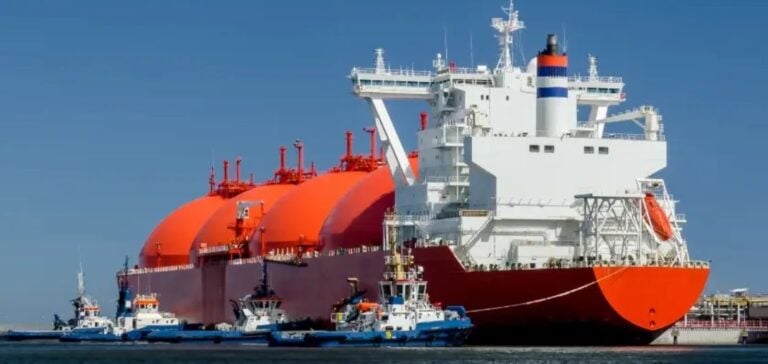According to S&P Global Commodity Insights, a record 24 LNG cargoes from the USA to Asia were recorded this month via the Cape of Good Hope, the highest number since records began in 2010. At a time when US LNG exports are currently peaking, these cargoes represented almost 1.6 million metric tons, also setting a record in terms of volume.
Impact of drought on the Panama Canal
The El Niño drought in Panama has led to low water levels in the Panama Canal, prompting LNG shippers to use the Cape of Good Hope since mid-2023. Although draught restrictions did not prevent transit, increased waiting times deterred American exporters from the summer of 2023. Only 14 US LNG cargoes passed through the Panama Canal in 2024, compared with 40 during the same period in 2023.
The Suez Canal route and tensions in the Red Sea
Shippers then favored the Suez Canal, peaking in September 2023 with 17 cargoes. However, security threats in the Red Sea, specifically attacks by Houthi militants since October 2023, have reduced this preference. No cargo has used this route since January 27.
European demand and route diversification
Europe remains the main market for American LNG, with France receiving 16 cargoes in March, followed by the Netherlands, China, South Korea and the UK. This flow reflects Europe’s increased dependence on global LNG after the reduction in Russian gas following the invasion of Ukraine.
Adaptations to LNG trade routes reveal the fluidity and complexity of the global energy market. The records set in March demonstrate exporters’ response to logistical and security challenges, significantly altering usual transit practices.





















